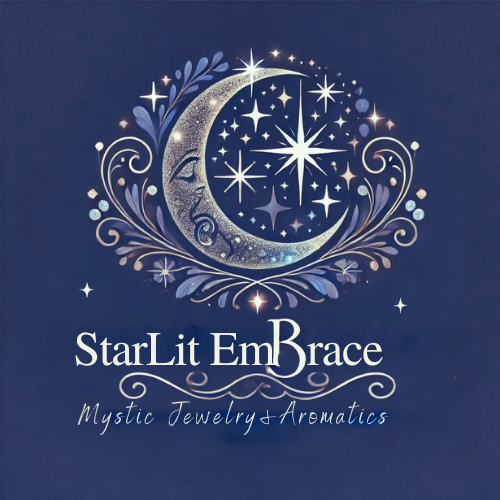Jewelry Through the Ages: Stories Written in Gold, Stones, and Symbols
Share
Jewelry is more than ornament — it’s one of the oldest forms of human expression. From ancient rituals to royal courts, amulets to talismans, jewelry has long served as a bridge between the earthly and the divine, the personal and the symbolic.
Let’s explore the timeless magic behind our favorite adornments:
Necklaces: From Sacred Protection to Modern Glamour
The earliest necklaces date back over 40,000 years, made from bones, shells, and animal teeth — worn as protective charms or symbols of status. In Ancient Egypt, necklaces featuring scarabs and gemstones were believed to grant spiritual power and were often buried with the dead for protection in the afterlife.
During the Renaissance, necklaces became expressions of romance and opulence, often crafted in gold and studded with rubies or pearls to signify wealth and beauty. Today, a necklace still rests close to the heart — a deeply personal piece that can tell a story, carry meaning, or radiate quiet elegance.
Bracelets: Worn by Warriors and Goddesses Alike
Bracelets can be traced back to Ancient Mesopotamia and China, where they were made of bronze, jade, and leather. In Greek and Roman cultures, warriors wore leather cuffs not just for battle but as status symbols.
In Hindu tradition, bangles are worn during festivals and weddings as symbols of energy and prosperity. Across centuries and continents, the wrist has always been a canvas for creativity — a place where culture meets self-expression.
Earrings: Echoes of Power, Beauty, and Rebellion
Earrings are among the oldest known body adornments. In Persia and Ancient India, men and women wore them as symbols of social rank. In Ancient Egypt, earrings indicated nobility and high status, while pirates famously wore gold hoops as payment for proper burial if they died at sea.
In the 1960s and 70s, earrings became an emblem of rebellion and identity, especially in subcultures. Today, they remain one of the most versatile and expressive forms of jewelry — from delicate studs to dramatic statement pieces.
Anklets: Steps Rooted in Ritual and Rhythm
Ankle jewelry has graced feet for over 5,000 years. In India, anklets (or payal) are worn during ceremonies, often with tiny bells that jingle with each step — believed to attract positive energy and divine attention.
In Ancient Egypt, anklets indicated wealth and marital status, while in African and Middle Eastern cultures, they symbolized fertility, beauty, or protection. Whether bohemian or elegant, anklets whisper stories of tradition, rhythm, and grounded beauty.
Jewelry as Soul Language
Throughout history, jewelry has served as a language of the soul — expressing love, power, protection, status, identity, or spirituality. A single piece can carry centuries of meaning, ancestral memory, or personal transformation.
When you wear jewelry, you’re not just adorning your body.
You’re continuing an ancient ritual of self-celebration.
